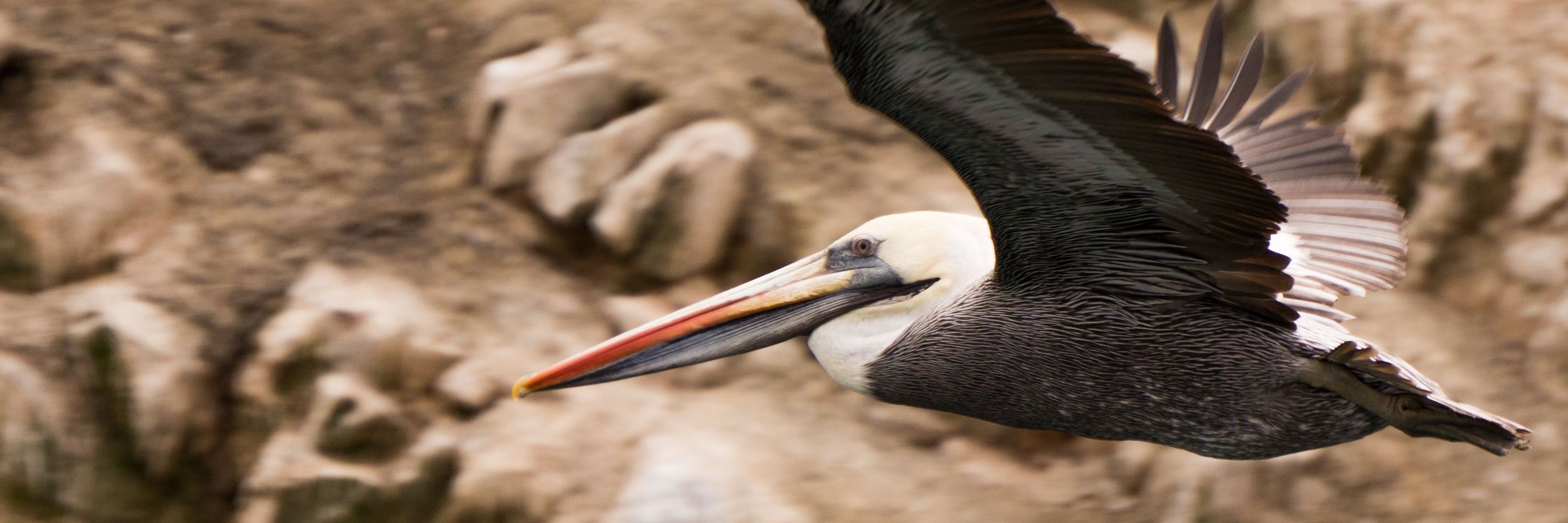
https://www.redqueenlab.com/
Also grateful to our collaborator Prof. Siva Umapathy for the Raman spectroscopy expertise.
Also grateful to our collaborator Prof. Siva Umapathy for the Raman spectroscopy expertise.
Meaning: Raman spectra can serve as predictive markers of germination success.
Meaning: Raman spectra can serve as predictive markers of germination success.
1. Lipid and protein signatures shift dynamically during sporulation
2. Carotenoids accumulate in spores (stress protection!)
3. Nucleic acid signatures become compacted
1. Lipid and protein signatures shift dynamically during sporulation
2. Carotenoids accumulate in spores (stress protection!)
3. Nucleic acid signatures become compacted

